
All American Marine to Build Research Vessel for Cal Poly Humboldt
; x 26.7’ semi-displacement aluminum catamaran that was developed by Nic de Waal of Teknicraft Design in Auckland, New Zealand. The vessel will be inspected to U.S. Coast Guard (USCG) Subchapter T standards and will operate as a multipurpose research vessel in the Near Coastal Waters of Northern California and Oregon, as well as Offshore on Ocean Routes. The vessel integrates the signature Teknicraft Design symmetrical and asymmetrical combined hull shape, bow wave piercer, and a patented dynamic hydrofoil-assisted hull design. The hull and hull components are designed to break up wave
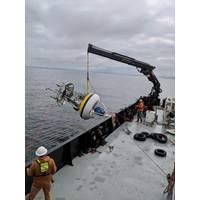
Synchro: Helping to Pull Emerging Tech through the “Valley of Death”
we work the mission [is] to use co-design principles. We do designs on how we’re going to test and deploy things and evaluate them in the ocean, doing that in a way that helps users of information and scientists.”Ruhl’s long-running day job has been as the director of the Central Northern California Ocean Observing System, which is part of the U.S. Integrated Ocean Observing System (IOOS), which is part of the Global Ocean Observing System (GOOS), meaning he is particularly well situated as the Director of Synchro given his front row seat to the development and use of technologies in
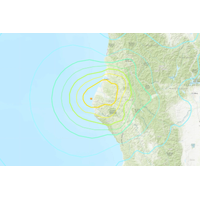
Earthquake Offshore California Knocks Out Power for Thousands
A strong 6.4-magnitude earthquake struck off the coast of northern California on Tuesday, the U.S. Geological Survey said, leaving thousands without power.The earthquake, which struck at 2:34 a.m. (1034 GMT), was about 10 miles (16.1 km) deep, USGS said, and struck about 7.4 (12 km) west-southwest of Ferndale, California, a Humboldt County town about a four-hour drive north of San Francisco.Local media and others on social media reported there were numerous gas leaks, powerlines down, and at least one structure fire in Ferndale. A representative from the Humboldt Sheriff's Office was not
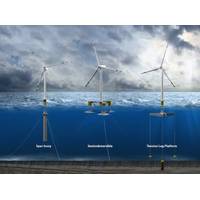
How Do Floating Wind Turbines Work?
Northern California has some of the strongest offshore winds in the U.S., with immense potential to produce clean energy. But it also has a problem. Its continental shelf drops off quickly, making building traditional wind turbines directly on the seafloor costly if not impossible.Once water gets more than about 200 feet deep – roughly the height of an 18-story building – these “monopile” structures are pretty much out of the question.A solution has emerged that’s being tested in several locations around the world: wind turbines that float.In California, where drought has
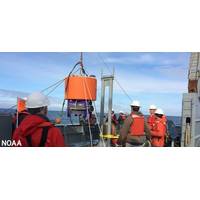
NOAA Awards $41 Million for Ocean Observing
identified through need assessments including the enhancement and expansion of observational and forecasting efforts that support incident response, maritime operations, ecosystems and fisheries, post-hurricane restoration and reconstruction. (First year award: $2,587,784)•The Central and Northern California Ocean Observing System aims to integrate advancing observing technologies to fill critical gaps in biological and ecosystem observing and continue to collaborate with partners to provide high-priority biological and ecosystem-level information. (First year award: $4,054,052)•The Gulf
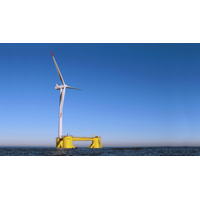
California Offshore Wind Project Progresing
Northern California energy authority RCEA and a consortium of private companies, including Aker Solutions and Principle Power, have submitted a lease application to advance the first commercial scale project for floating offshore wind in the United States.The application for the offshore wind energy development off the coast of Humboldt county in Northern California has been submitted to the Bureau of Ocean Energy Management (BOEM).In April this year, the Redwood Coast Energy Authority (RCEA) selected a consortium which includes Aker Solutions, Principle Power and EDPR Offshore to enter into a public-pr
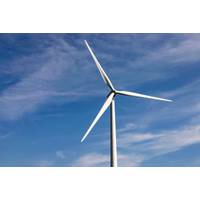
US' First Planned Floating Wind Farm Taking Shape
Plans for America’s first floating offshore wind farm are taking shape with the news that California’s Redwood Coast Energy Authority (RCEA) has selected a consortium to enter into a public-private partnership to develop the project off the Northern California coast. The consortium is comprised of Principle Power Inc., EDPR Offshore North America LLC, Aker Solutions Inc., H. T. Harvey & Associates, and Herrera Environmental Consultants Inc. and was one of six respondents to a Request for Qualifications (RFQ) issued by the RCEA on February 1, 2018. The proposed project
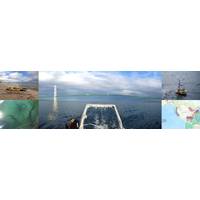
IOOS Awards $31 Mln for Ocean Observation
erosion and creating stakeholder driven networks like the Alaska Ocean Acidification Network. AOOS will continue to support sea ice detection and ecosystem observing buoys in the Arctic, as well as piloting the use of gliders to track marine mammals. In the next five years the Central and Northern California Ocean Observing System (CeNCOOS) will operate a diverse observing system in the coastal ocean, its bays, and estuaries. Real-time observations and conditions forecasts support marine operations, make ocean commerce safer and help make fishing sustainable. Observations are used by the CeNCOOS
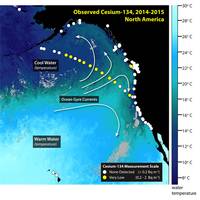
Fukushima Radioactivity Detected at British Columbia Shoreline
samples at more than 60 sites along the U.S. and Canadian West Coast and Hawaii over the past 15 months for traces of radioactive isotopes from Fukushima. Last November, the team reported their first sample containing detectable radioactivity from Fukushima 100 miles (150 km) off shore of Northern California. However, no radiation had yet been found along any of the beaches or shorelines where the public has been sampling since 2013. “Radioactivity can be dangerous, and we should be carefully monitoring the oceans after what is certainly the largest accidental release of radioactive contaminan


 February 2024
February 2024





